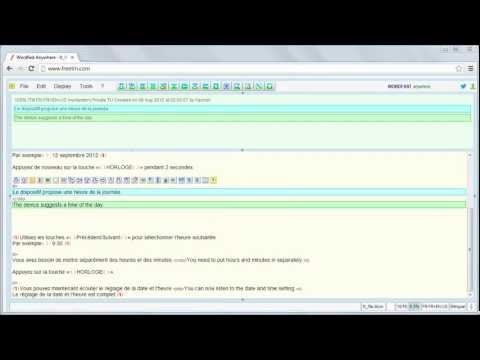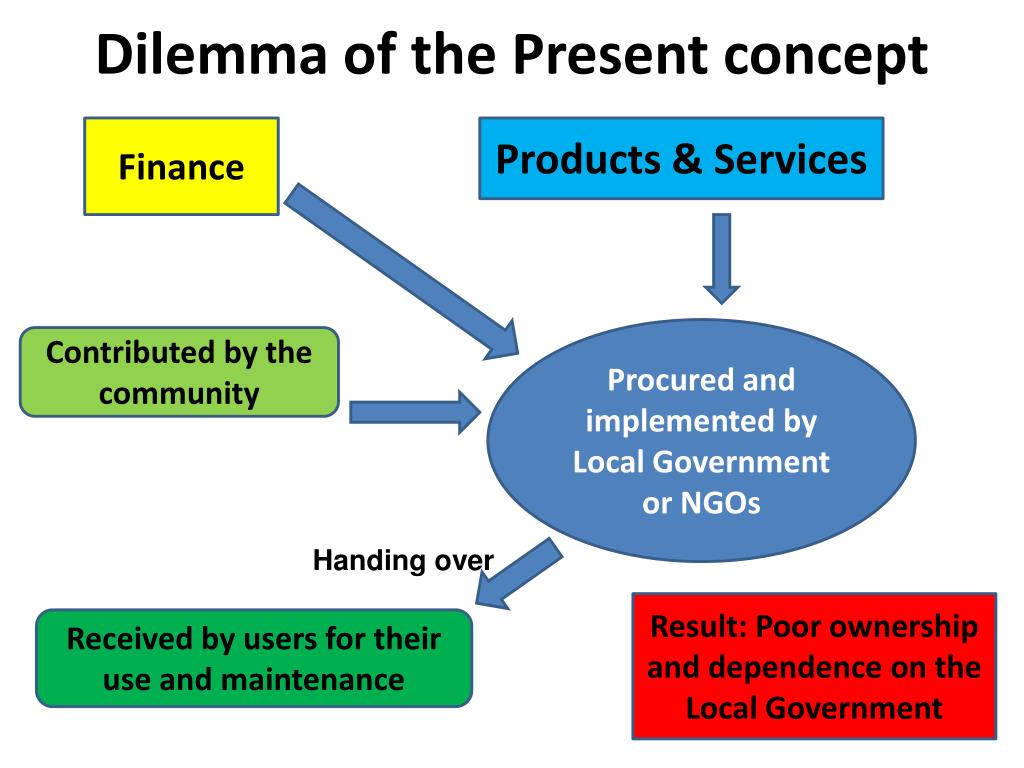


So I built a new calculation tool quickly before breakfast which did the same calculations but in a little different layout with a somewhat different perspective: the Comparative Screwjob Calculator (screenshot above), because really, the point of these match scales is to screw somebody. (It actually was, but because of the different perspective that wasn't immediately obvious.) I told the friend who asked to go look for my ancient Target Price Defense Tool, but I was told that it wasn't helpful for the case at hand. So now, it's not so much whether a translator will deal with a given rate scale for a one-off job, but more often what the response should be to a new and usually more abusive rate scale proposed by some cost- and throat-cutting bogster who really cares enough to shave every cent that an independent translator can be intimidated to yield, thus destroying whatever remaining incentive there might be to go the extra mile in solving the inevitable unexpected problems one might find in many a text to translate.Īnd this, in fact, was the question I woke up to this morning. And many of the good translators who haven't simply walked away from the bullshit have agreed to some sort of rate scale based on matching (despite the fact that there is no standard whatsoever on how different tools calculate these "matches" and now with various kinds of new and nonsensical "stealth" matches being sneaked in with little or no discussion). Good at sales to C-level folk, with perhaps a few entertaining "inducements" on the side, but good at delivering the promised value? Not so much in cases I hear. Most of the sensible small agencies run by translators who understand the qualities needed for good text translation are gone, their owners retired, dead or hiding somewhere after their businesses were bought up and/or destroyed by unscrupulous and largely incompetent bulk market bog "leaders" with their Walmart-like tactics.


#Wordfast ownership download#
So, for example, if your usual rate was USD 0.28 per word and that's what you wanted to make after all the "discounts" were applied, you could plug in the figures from the match analysis and determine that the rate to quote should be USD 0.35, for example.Ĭlick on the graphic to view and download the Excel spreadsheetįast forward 11 years. The basic idea behind that spreadsheet was the rate to charge on what looked to be a one-off job with a new client who came out of nowhere proposing some silly scale of rate reductions based on (often bogus and unusable) matches. One of these was the Target Price Defense Tool (which I also released in German). Some years ago I put out a number of little spreadsheet tools to help independent translators and some friends with small agencies to sort out the new concepts of "discount" created by the poisonous and unethical marketing tactics of Trados GmbH in the 1990s and adopted by many others since then.


 0 kommentar(er)
0 kommentar(er)
